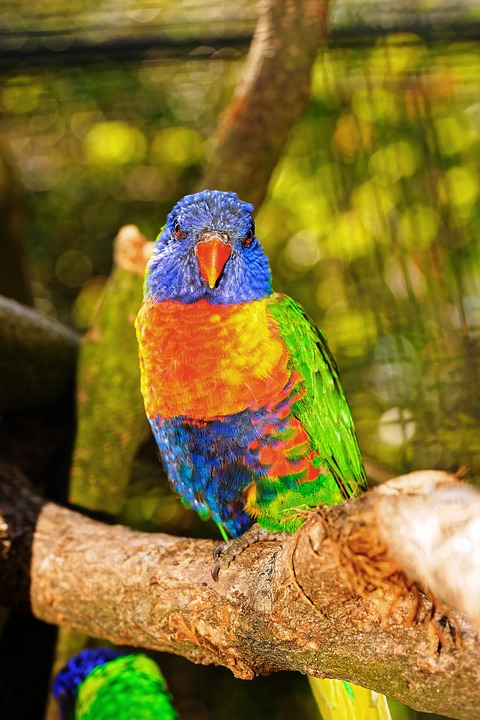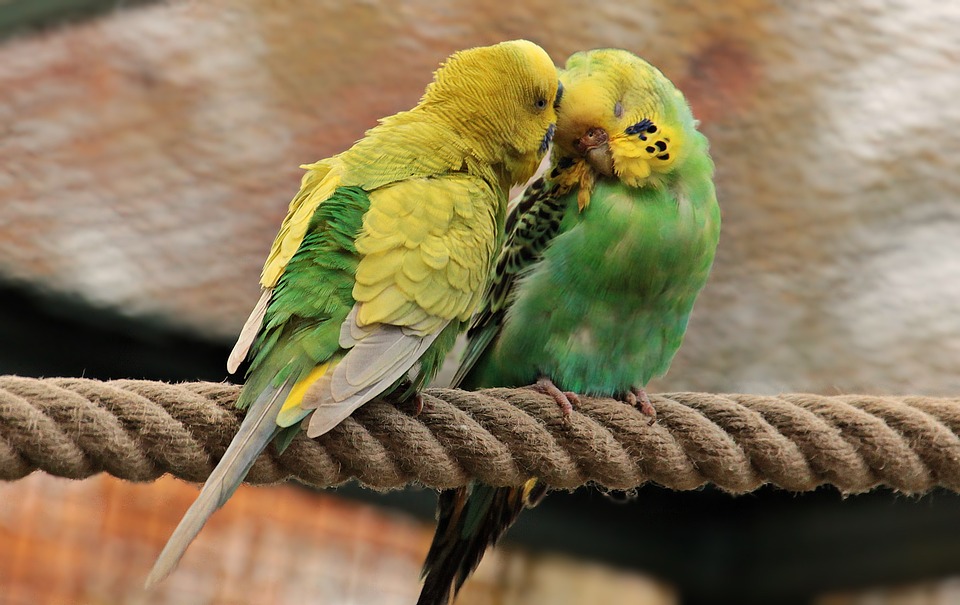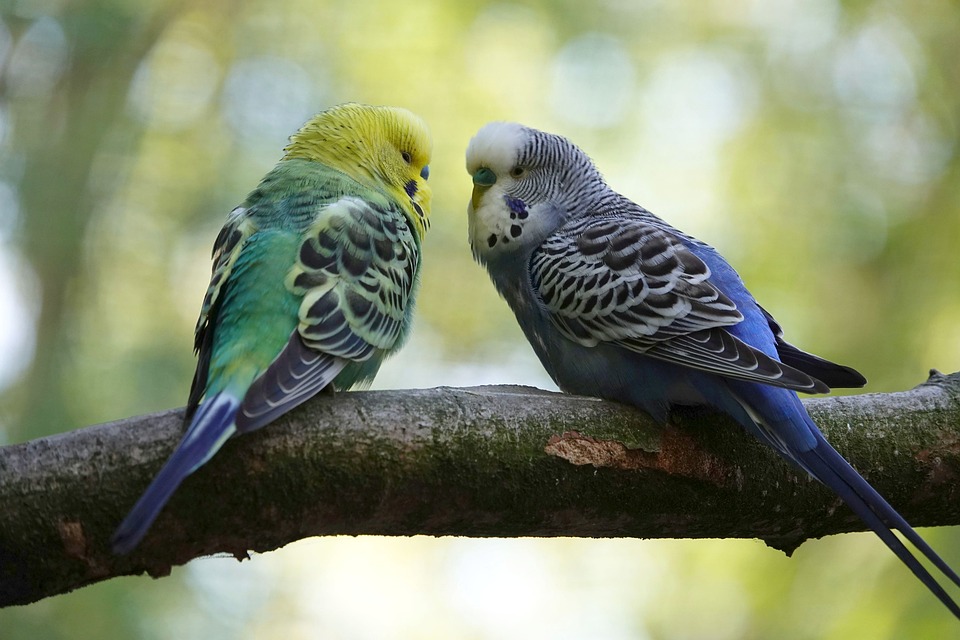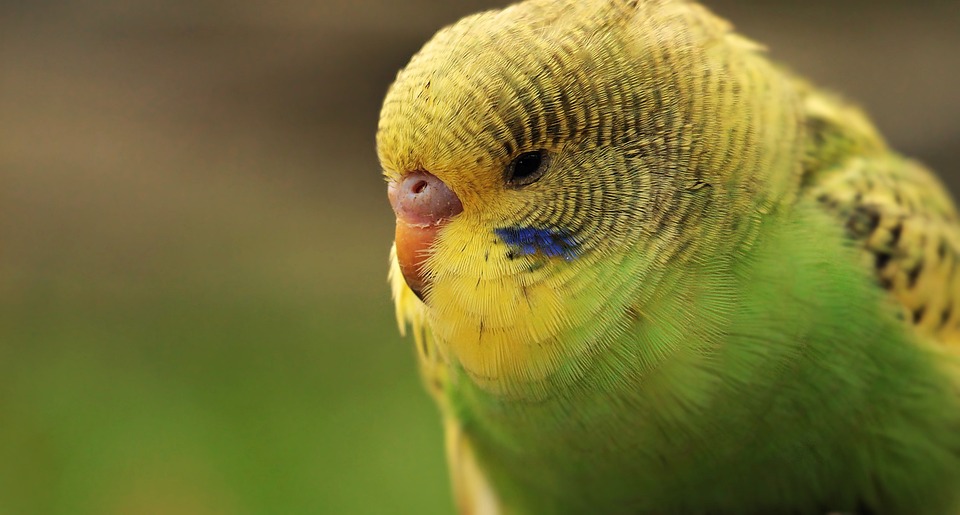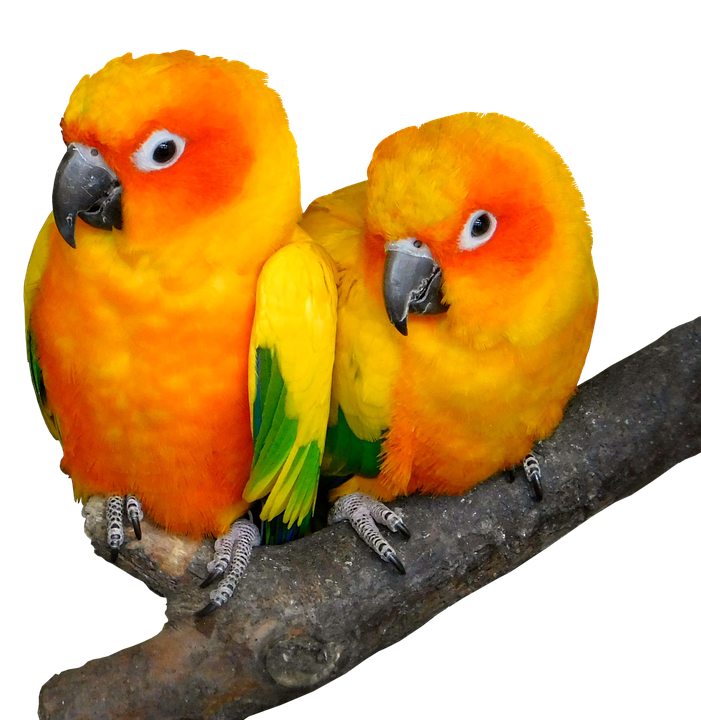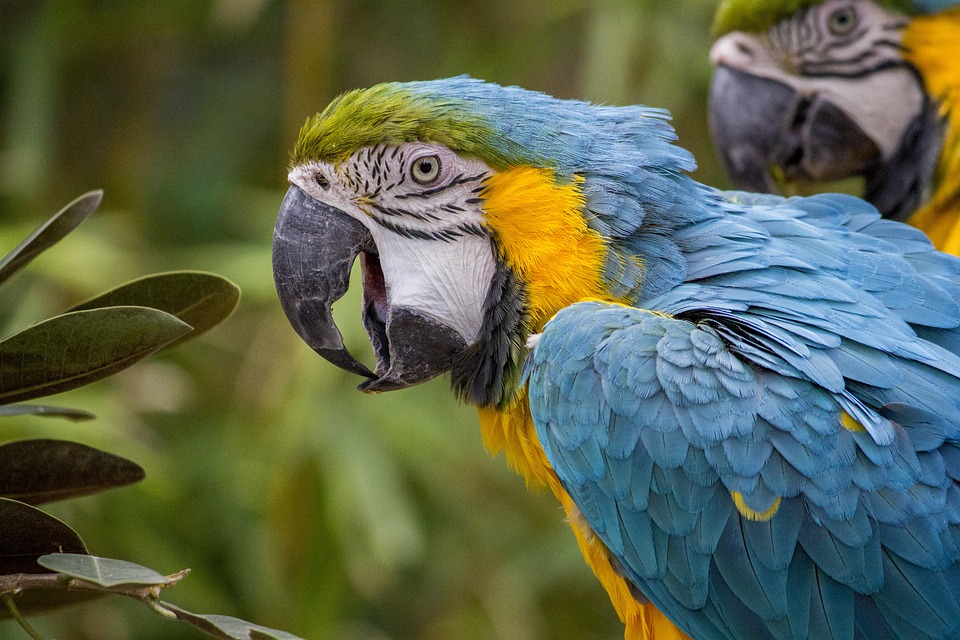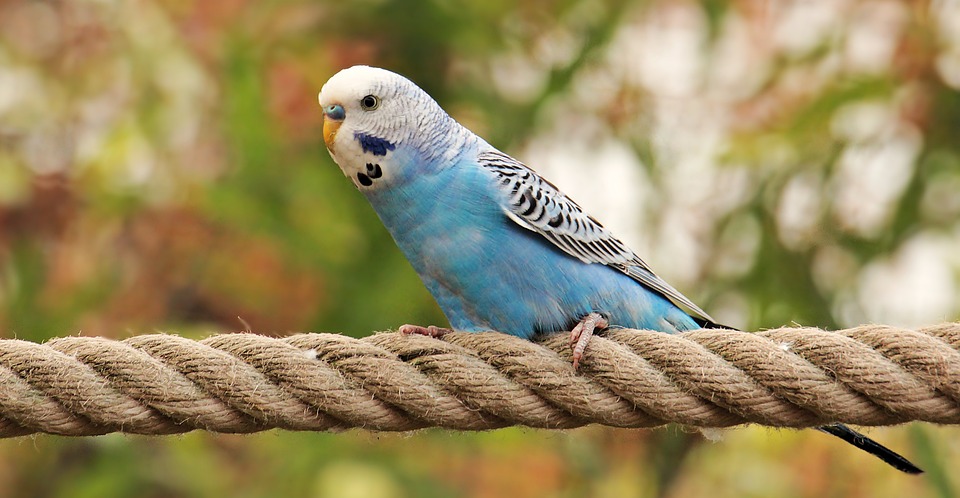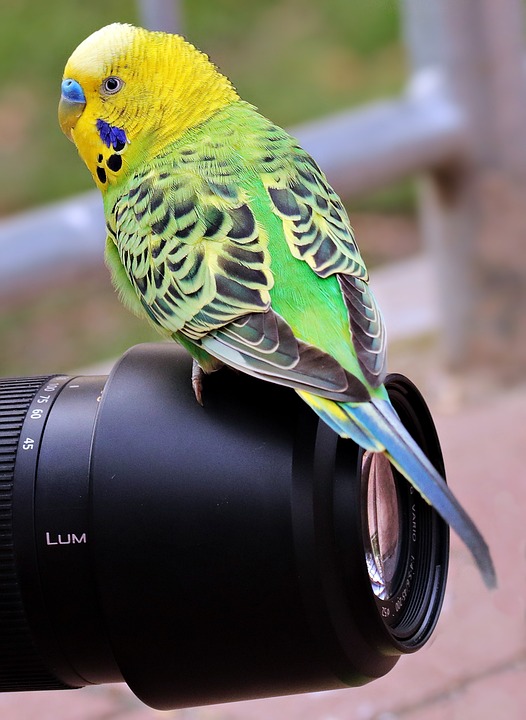Parrots are highly intelligent and social creatures that can be trained to perform a variety of tricks and behaviors. Training your parrot not only provides mental stimulation and enrichment but also strengthens the bond between you and your feathered friend. In this article, we will explore effective training techniques and tips that will help you train your parrot to perform tricks for special treats or rewards.
**I. Understanding the Basics of Parrot Training:**
A. Importance of Training: Why train your parrot?
Training your parrot provides mental stimulation, prevents boredom, and helps them develop problem-solving skills. It also allows you to communicate with your parrot effectively and establish a positive and trusting relationship.
B. Positive Reinforcement: The key to successful parrot training
Positive reinforcement involves rewarding your parrot for desired behaviors. This can be done through treats, praise, or a favorite toy. Positive reinforcement encourages your parrot to repeat the behavior in the future.
C. Building Trust: Establishing a strong bond with your parrot
Building trust is crucial in parrot training. Spend quality time with your parrot, handle them gently, and provide positive interactions. This will help your parrot feel safe and build a strong bond with you.
**II. Choosing the Right Tricks for Your Parrot:**
A. Assessing your parrot’s abilities and interests
Observe your parrot to identify their natural abilities and interests. Some parrots may be more inclined towards vocal tricks, while others may excel in physical tricks like fetching or ringing a bell.
B. Beginner tricks: Simple tricks to start with
Start with basic tricks such as target training, stepping up onto your hand, or teaching them to wave. These tricks help establish a foundation for more complex behaviors.
C. Intermediate tricks: Challenging your parrot’s skills
Once your parrot has mastered the beginner tricks, you can move on to more challenging behaviors such as spinning in a circle, retrieving objects, or playing dead.
D. Advanced tricks: Showcasing your parrot’s intelligence
Advanced tricks can include activities like solving puzzles, imitating sounds or words, or even riding a miniature skateboard. These tricks require patience, consistency, and advanced training techniques.
**III. Step-by-Step Training Process:**
A. Setting up a training area
Create a designated training area free from distractions where you can focus on training sessions with your parrot. Use positive reinforcement and treats to motivate your parrot during training.
B. Basic training commands: Step-by-step instructions
Start by teaching your parrot basic commands such as “step up” or “turn around.” Use a clicker or a verbal cue followed by a reward to reinforce the desired behavior.
C. Rewarding with Treats: Choosing the right treats and frequency
Use small, healthy treats that your parrot enjoys as rewards during training. Be mindful of the frequency of treats to avoid overfeeding your parrot.
D. Consistency and Patience: The key to successful training
Consistency is essential in parrot training. Set aside regular training sessions and practice the tricks daily. Be patient with your parrot and celebrate even the smallest progress.
E. Gradual Progression: Advancing to more complex tricks
Once your parrot has mastered the basic tricks, gradually introduce more complex behaviors. Break down the trick into smaller steps and reward your parrot for each successful attempt.
**IV. Troubleshooting Common Challenges:**
A. Lack of interest or motivation
If your parrot seems uninterested or unmotivated during training, try using different treats or toys to make the training more exciting. Adjust the training environment to make it more stimulating.
B. Fear or aggression during training
If your parrot displays fear or aggression during training, take a step back and assess the situation. Make sure you are not pushing your parrot too hard and provide a safe and positive training environment.
C. Distractions and interruptions
Minimize distractions during training sessions by choosing a quiet and calm environment. Turn off the TV, close windows, and remove any potential distractions that may divert your parrot’s attention.
D. Overcoming stubbornness or resistance
Some parrots may be more stubborn or resistant to training. Patience and persistence are key in such cases. Break down the trick into smaller steps and reinforce positive behavior consistently.
**V. Frequently Asked Questions (FAQs):**
1. How long does it take to train a parrot to perform tricks?
The time it takes to train a parrot varies depending on the individual parrot, their age, and their previous training experience. It can take anywhere from a few days to several weeks or even months.
2. Can any parrot breed be trained to perform tricks?
Yes, most parrot breeds can be trained to perform tricks. However, some species may be more inclined towards certain types of tricks due to their natural abilities and characteristics.
3. What are some safe and healthy treat options for parrots?
Safe and healthy treat options for parrots include fresh fruits and vegetables, nuts, seeds, and specially formulated bird treats available in pet stores. Avoid feeding your parrot chocolate, caffeine, or foods toxic to birds.
4. Can parrots learn tricks at any age?
Yes, parrots can learn tricks at any age. However, it may be easier to train younger parrots as they are more receptive to learning and adapting to new behaviors.
5. How can I prevent my parrot from becoming bored with training?
To prevent boredom during training, keep training sessions short and engaging. Introduce new tricks or variations to keep your parrot mentally stimulated. Rotate toys and provide environmental enrichment to keep your parrot entertained.
6. How do I maintain the tricks my parrot has learned?
Continue to practice the tricks your parrot has learned regularly to reinforce the behavior. Gradually increase the difficulty level or introduce new variations to keep your parrot’s skills sharp.
**Conclusion:**
Training your parrot to perform tricks for special treats or rewards is not only a fun and rewarding experience but also a great way to bond with your feathered friend. By following the techniques and tips mentioned in this article, you can establish a positive training environment, build trust, and witness the incredible abilities of your parrot. Remember, patience, consistency, and positive reinforcement are the keys to successful parrot training. Enjoy the journey and have fun with your talented parrot!

